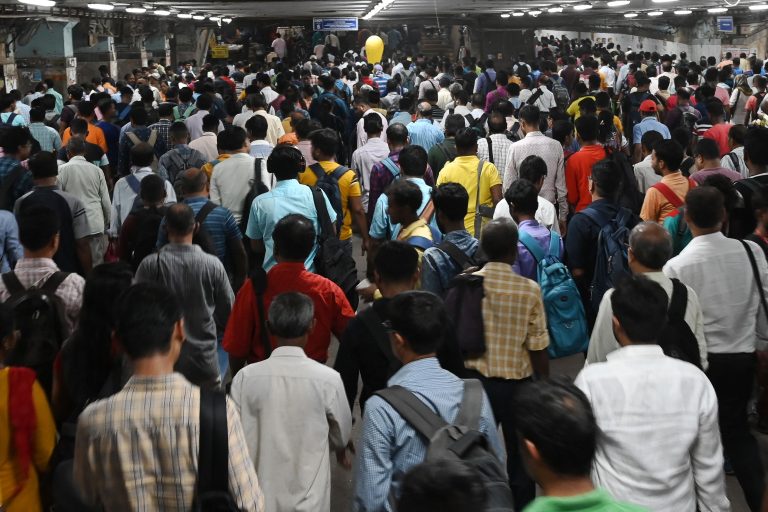By the end of April, India is expected to overthrow China as the world’s most populous country, the United Nations (UN) recently reported. Following Beijing’s policies and India’s own growth rates, the demographic shift may challenge the latter in the face of its more powerful neighbor.
Population race
According to census data, and birth and death rates, the UN is projecting that India’s population is now 1,425,775,850 people, overtaking China for the first time. According to the Guardian, it is also the first time China has lost the top spot since 1950.
Last week, another UN report showed that India could have 2.9 million more people than China by the middle of 2023, however it was only based on snapshots of the populations from the beginning and middle of the year.
This news came after India made a show of itself as a “rising international player” during 2023’s G20 summit, pulling in global businesses that are attempting to distance themselves from China, AP News reported.
Despite its population peaking in 2022, China has seen a drop in its population after many years of its one-child policy, in addition to other efforts to control its people’s birthrate. Fines were enacted to limit the number of births, and abortions and sterilizations were rampant. The Guardian wrote that this attempt to control the population may end up damaging the stability of the people.
Success
You are now signed up for our newsletter
Success
Check your email to complete sign up
Meanwhile, India is still growing in its population, with a higher fertility rate and a “consistent decrease” in infant deaths. The country is expected to hit a population of 1.7 billion by 2064. On average, 86,000 babies are born every day in India, more than China’s 49,400 a day.
“Earlier projections said we would overtake China in 2027 so it happened four years faster, mostly because of our young population,” Poonam Muttreja, executive director of the Population Foundation of India, said.
“But at the same time, we have also reduced our population growth and reached population stabilization faster than we had imagined and it will continue to slow down as long as we stay on the right track. So I don’t think there’s any need for alarm,” Muttreja added.
India has yet to conduct a proper census since 2011, and when India could surpass China in population could change when it does run one, John Wilmoth, director of the UN’s population division said at a news conference at the organization’s headquarters.
“The precise timing of this crossover isn’t known, and it will never be known,” he said. “There is uncertainty in the data.”
READ MORE:
- As World Population Surpasses 8 Billion, Fertility Rates Continue to Decline
- Chinese Official Suggests Pro-Natalist Education for Elementary and Middle School Students as Birth Rate Dwindles
- A Third of China’s Provinces Saw More Deaths Than Births in 2021, Exacerbating Demographic Crisis
Big growth, bigger challenges
Despite the growth spurt, India is still lagging behind China with its economy. India’s GDP has risen recently, but economists warn that unemployment has also surged, with 80 percent of Indian workers still taking unofficial jobs with few benefits. Women have not fared better, with only 20 percent of the country’s women finding proper work.
India’s gross domestic product (GDP) is only $2,256 per person today., compared to China’s huge $12,556, data from the World Bank in 2021 suggested.
SCMP also wrote that the Indian governments are about to be challenged by the growing risks of overpopulation, particularly whether they have enough basic needs, and the rising chance of “environmental stresses.”
To ensure a stable flow of dividends, there is a need to “enhance political governance, boost social spending and infrastructure and bolster regulatory regimes,” SCMP wrote.
Yet, India may benefit from a “demographic dividend,” should the rising population count inspire rapid economic growth and work opportunities.
“For this century to belong to India, it must make the most of its demographic advantage,” said Brahma Chellaney, professor of strategic affairs at the Centre for Policy Research, according to al-Jazeera. “China’s demographic crisis is timely for India’s growth — but only if it can find enough good quality employment for its teeming youth.”


















